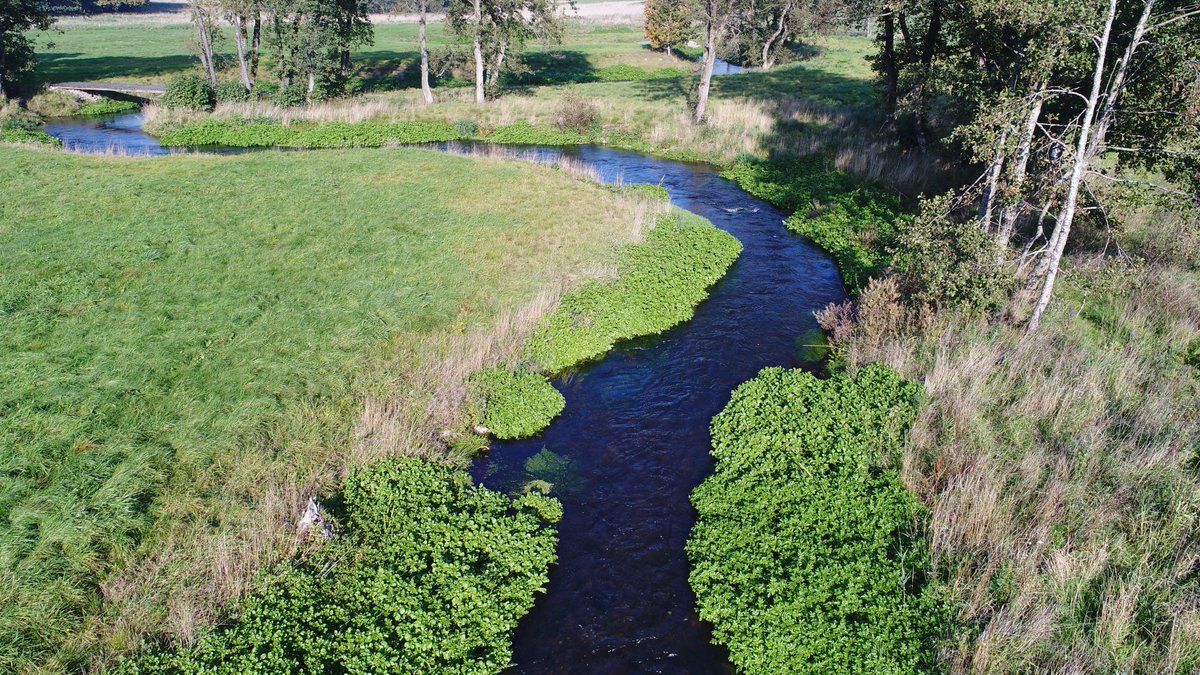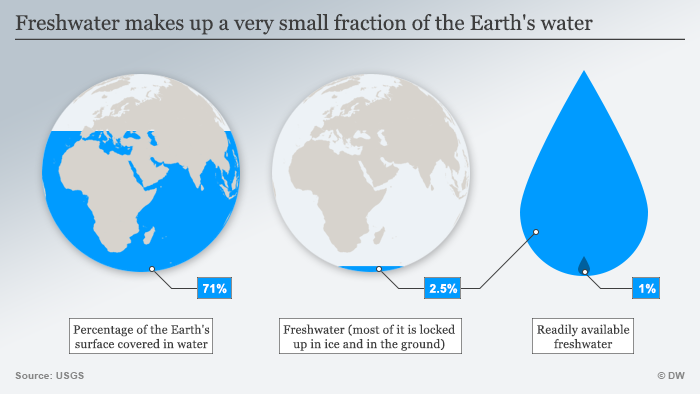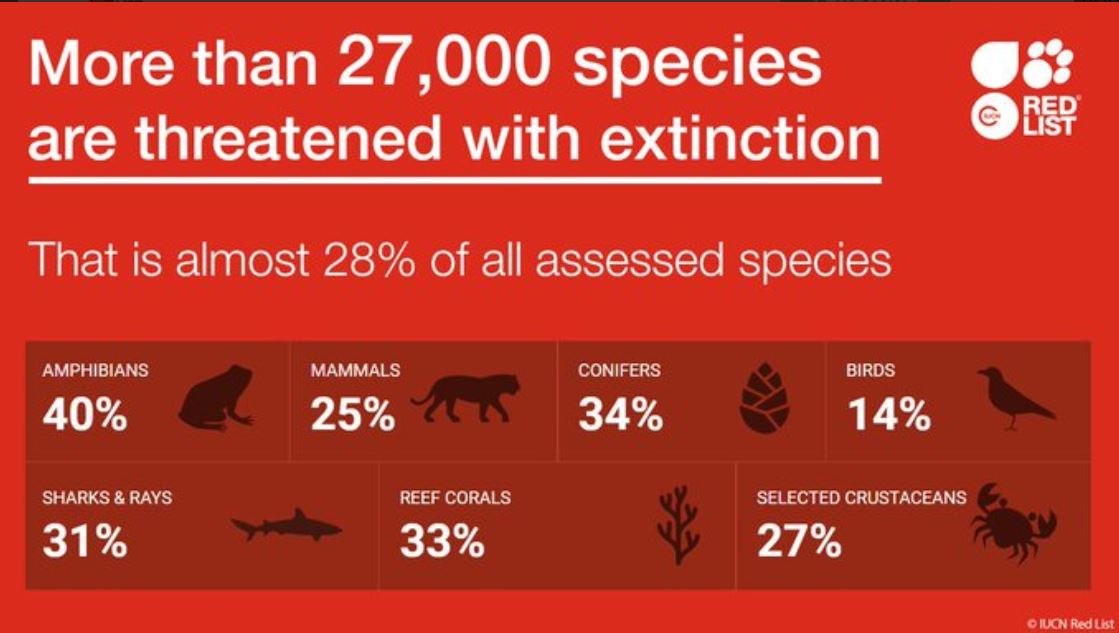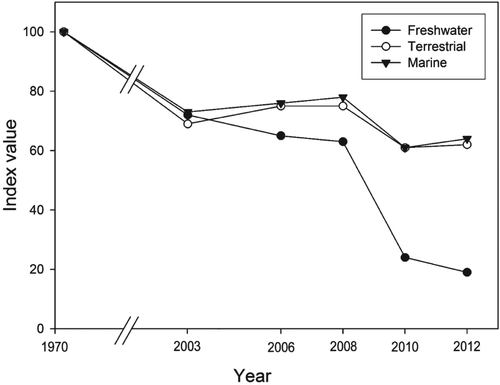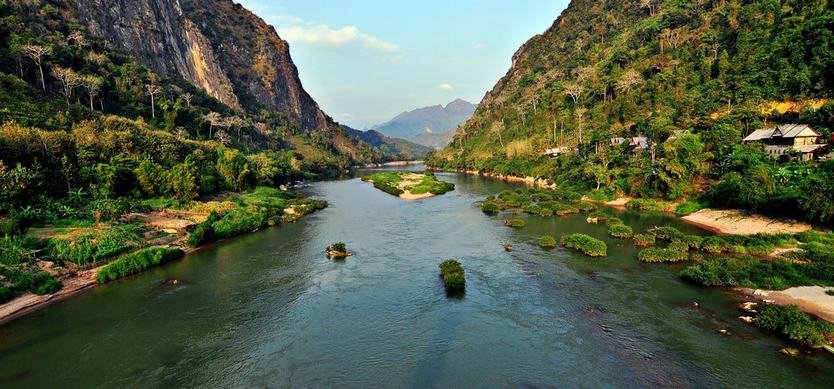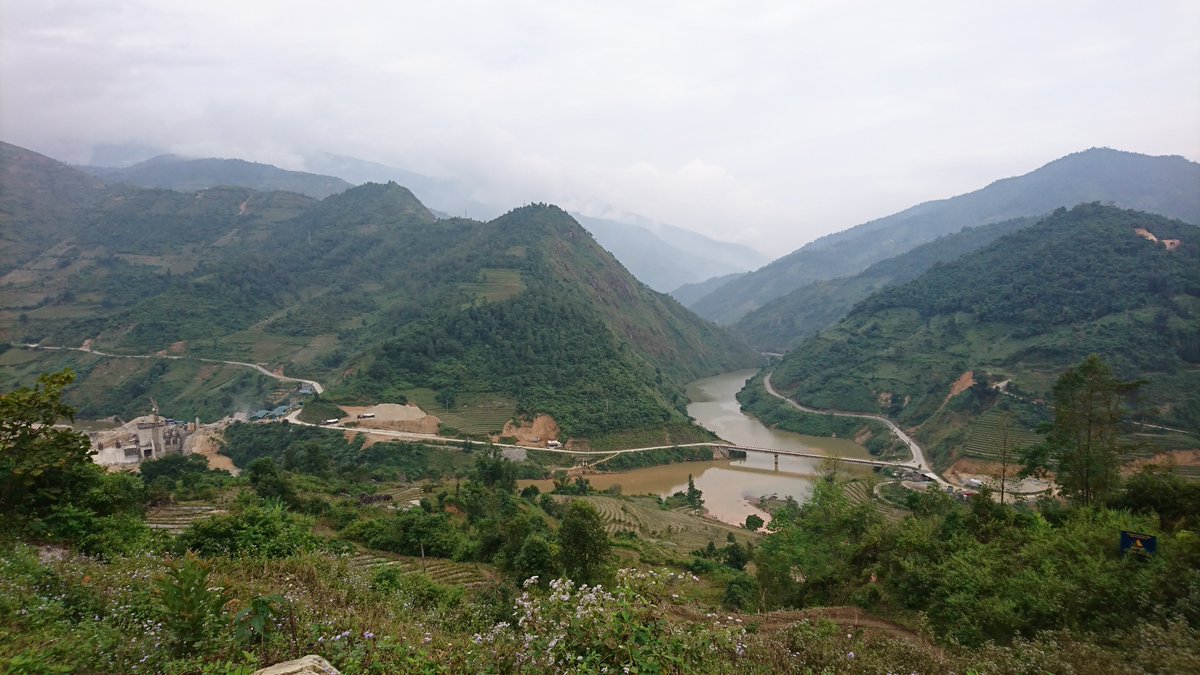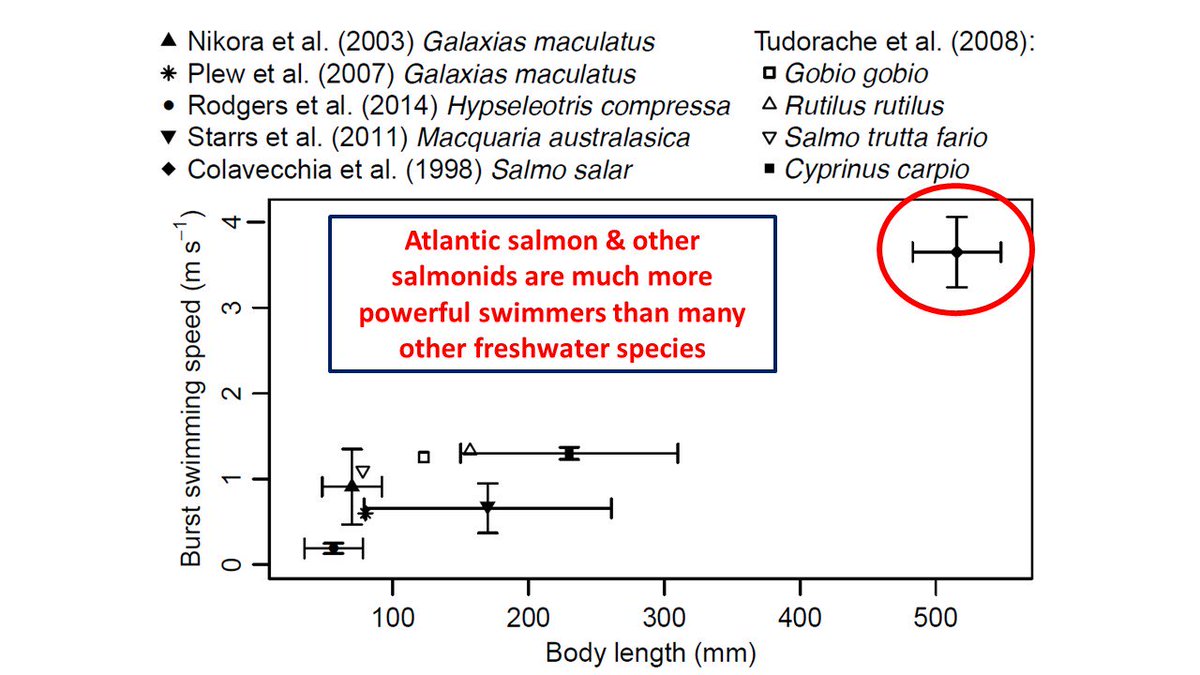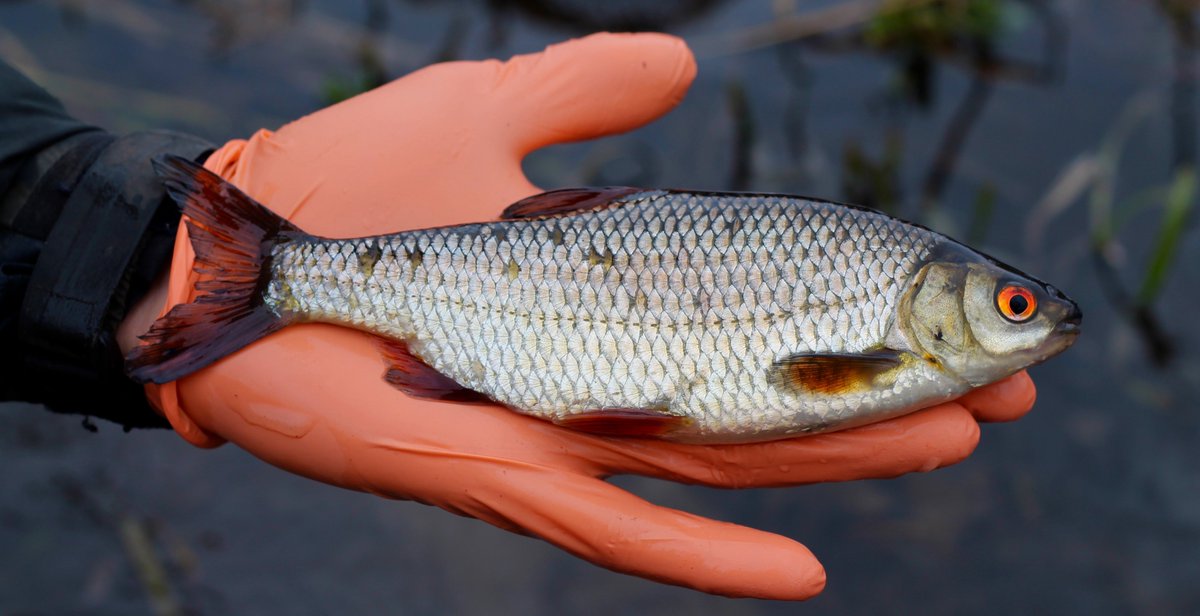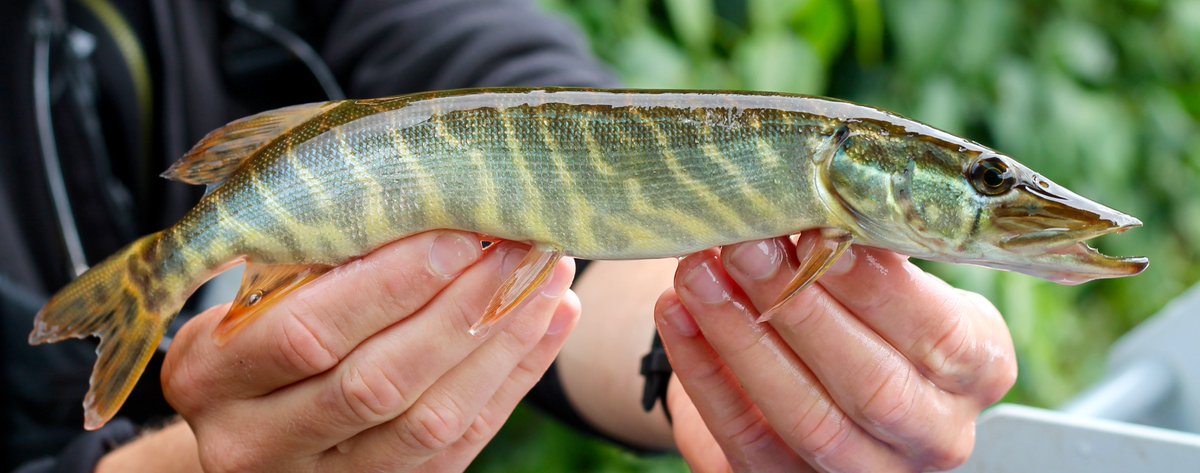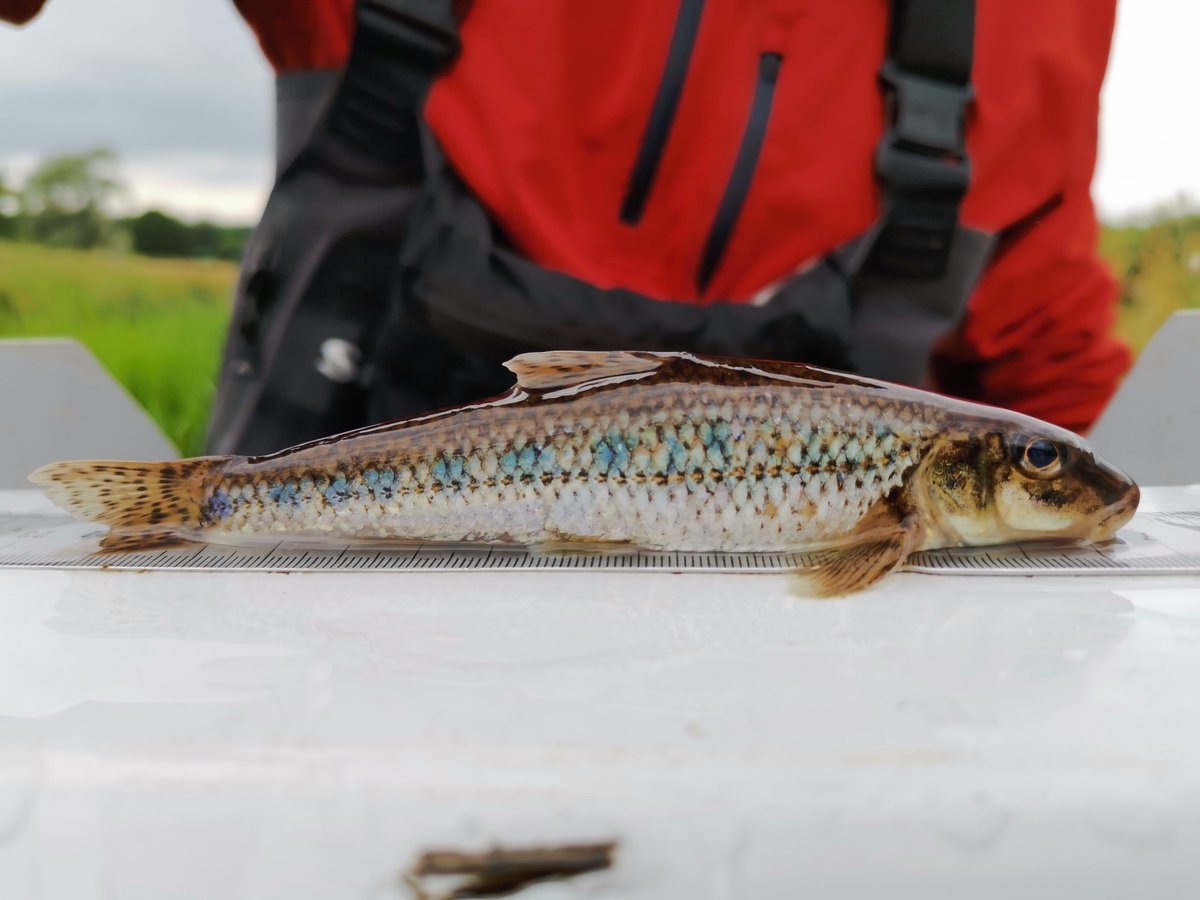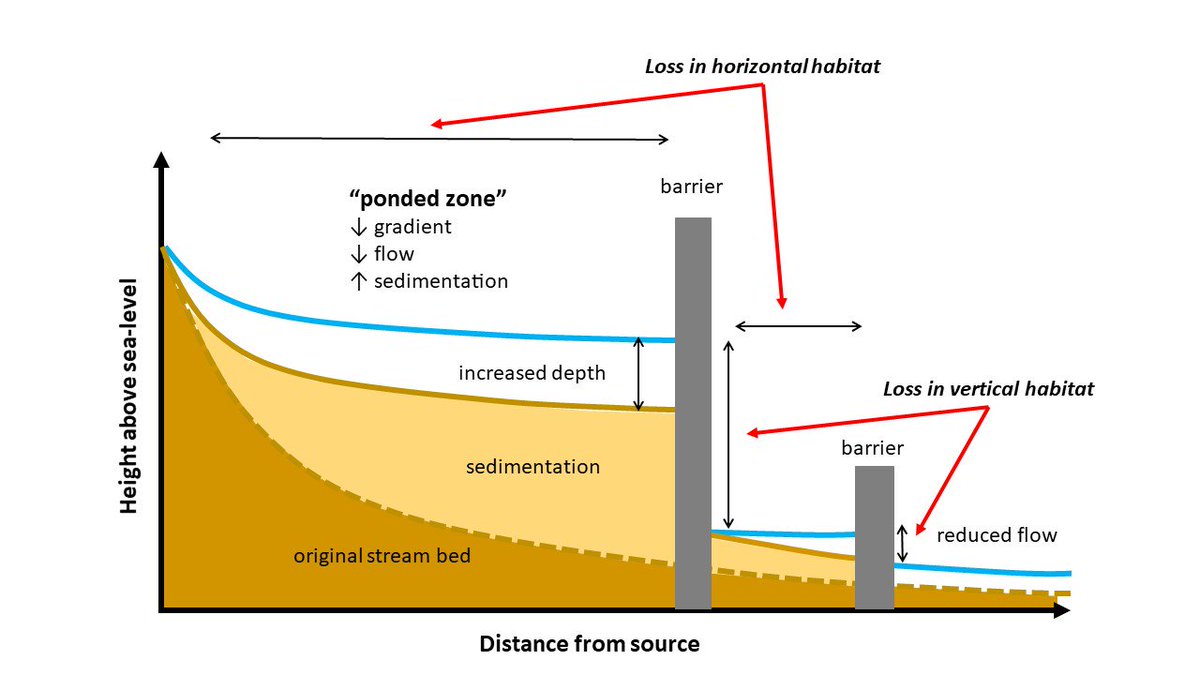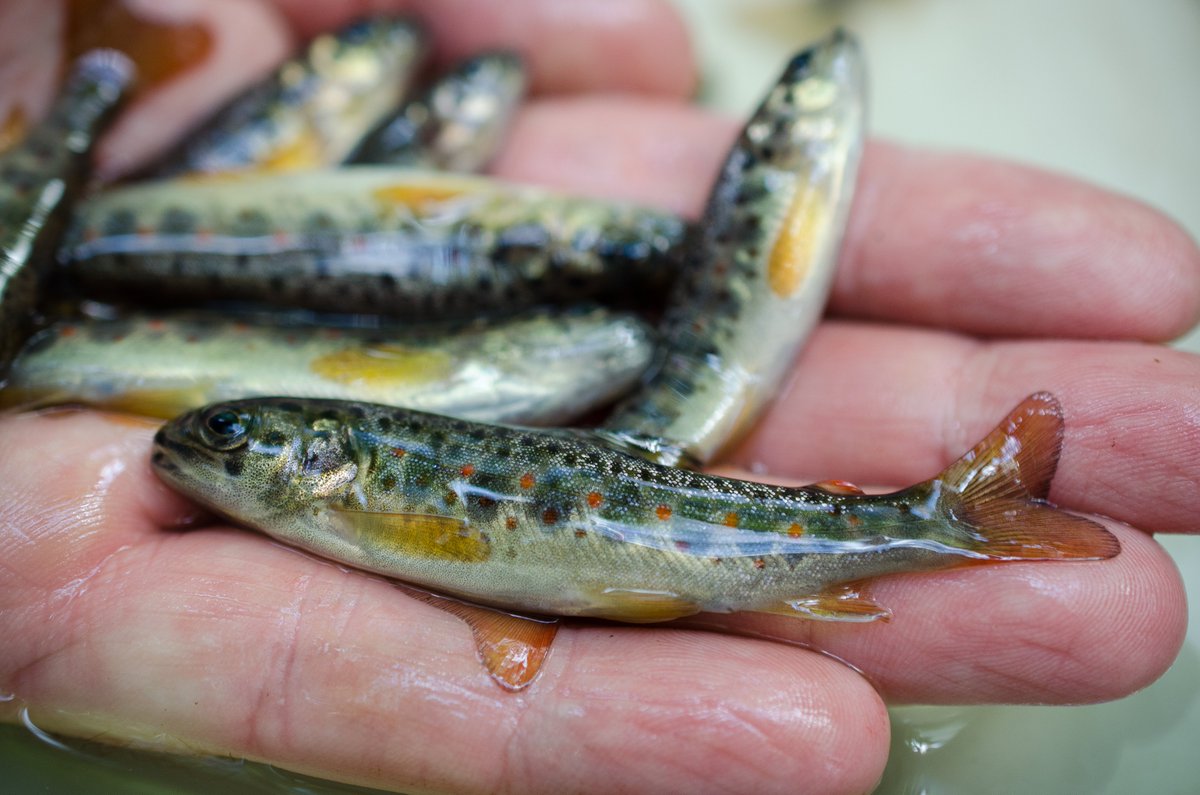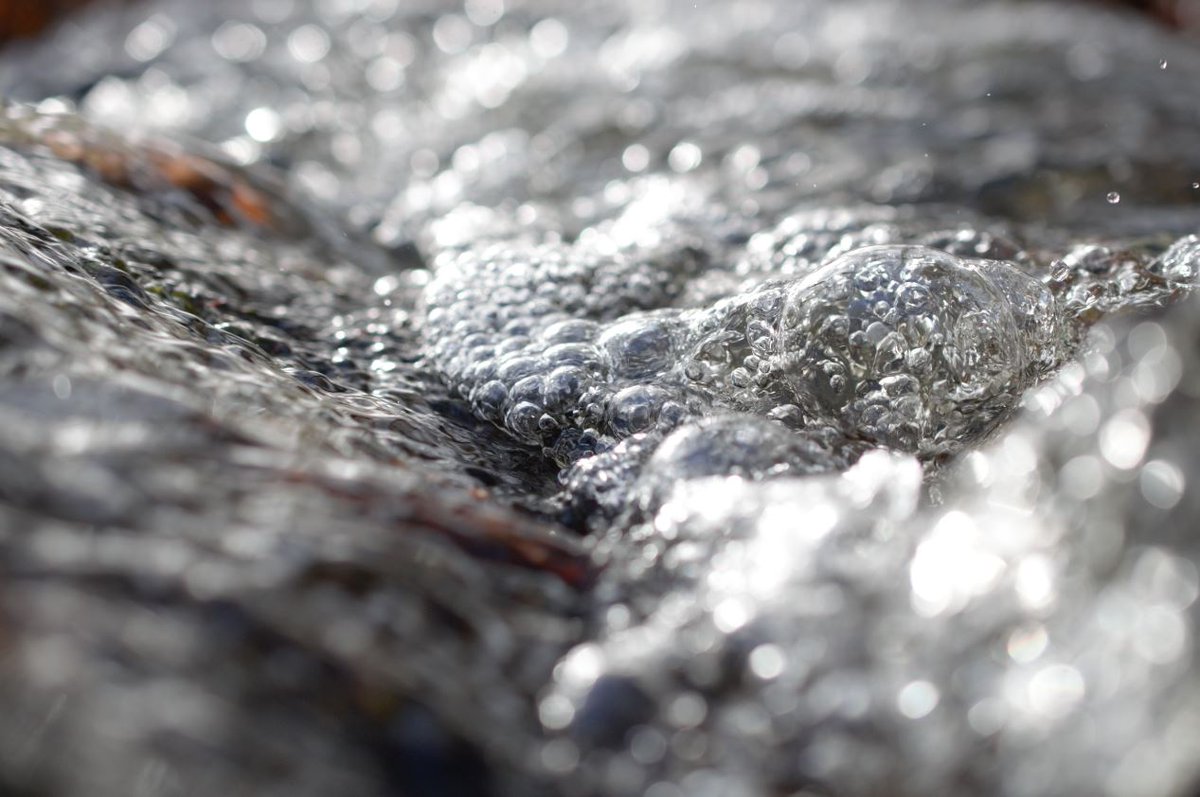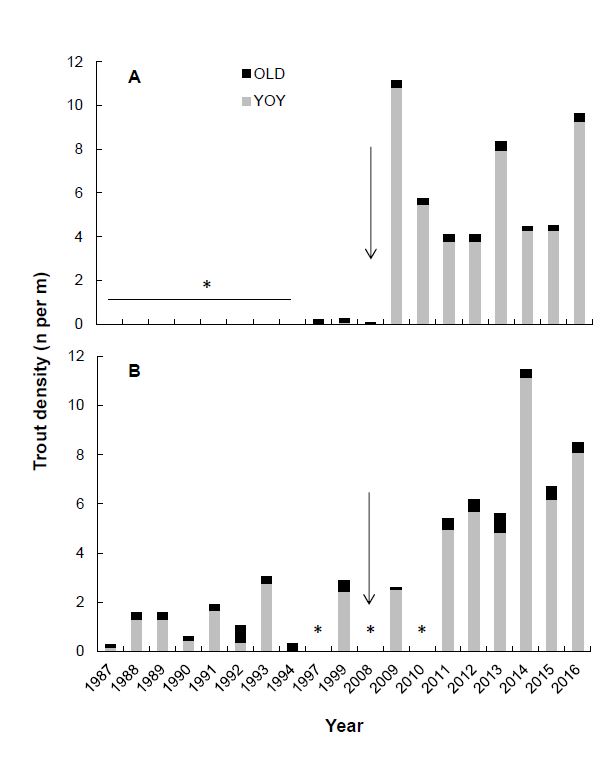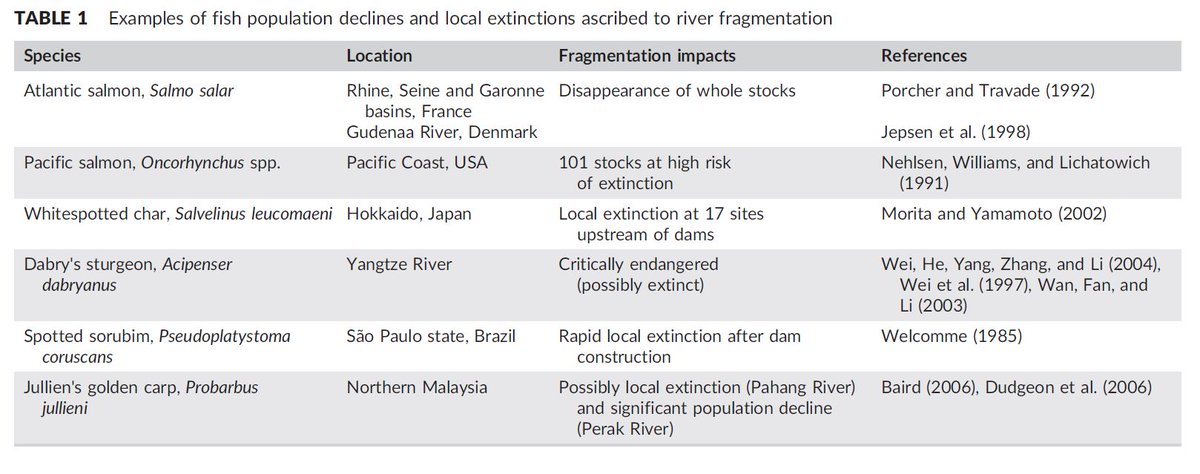I’m so bloody tired of freshwater ecosystems being overlooked  . So here’s a thread about why you and everyone else should give a shit #freshwaterneedslovetoo #tellyourgrandmothertoo
. So here’s a thread about why you and everyone else should give a shit #freshwaterneedslovetoo #tellyourgrandmothertoo (1/n)
(1/n)
 . So here’s a thread about why you and everyone else should give a shit #freshwaterneedslovetoo #tellyourgrandmothertoo
. So here’s a thread about why you and everyone else should give a shit #freshwaterneedslovetoo #tellyourgrandmothertoo (1/n)
(1/n)
#Freshwater makes up less than 2.5% of the world’s water (much is inaccessible, trapped in glaciers) yet 140000 species incl. 55% (!!) of all #fish species  depend on it to survive (2/n)
depend on it to survive (2/n)
Source: USGS
 depend on it to survive (2/n)
depend on it to survive (2/n)Source: USGS
The world (people, organizations etc.) focuses much more on marine and terrestrial ecosystems, often literally excluding #freshwater at all. Ex: this figure by IUCN. Where the fuck are freshwater species? #freshwaterneedslovetoo (3/n)
Source: IUCN
Source: IUCN
#Freshwater ecosystems are the MOST threatened ecosystems in the world, facing major threats from many sources, dams being a major one. It's time we acknowledge that, and start acting accordingly (figure from Reid et al. 2019 Biol. Rev.) (4/n)
55M+ people depend on #freshwater #fish 
 in the Mekong basin only, yet 100s (1000s?) of dams are planned and/or under construction as we speak, threatening fish pops and people’s livelihoods. Species not yet discovered will likely go extinct before we know they exist (5/n)
in the Mekong basin only, yet 100s (1000s?) of dams are planned and/or under construction as we speak, threatening fish pops and people’s livelihoods. Species not yet discovered will likely go extinct before we know they exist (5/n)

 in the Mekong basin only, yet 100s (1000s?) of dams are planned and/or under construction as we speak, threatening fish pops and people’s livelihoods. Species not yet discovered will likely go extinct before we know they exist (5/n)
in the Mekong basin only, yet 100s (1000s?) of dams are planned and/or under construction as we speak, threatening fish pops and people’s livelihoods. Species not yet discovered will likely go extinct before we know they exist (5/n)
I was in Sapa (Vietnam) last year, and met people whose village would be obliterated from the face of the earth because of a dam. These people are asked to sign contracts to agree, yet they can’t read (6/n)
Pic: dam under construction in Sapa (see left).
Pic: dam under construction in Sapa (see left).
It’s too often assumed that only specific species need to migrate – synchronized species with good swimming capacities like salmonids – but it’s about way more than that. Most #salmonids are particularly good swimmers - they shouldn't be our baseline (7/n)
Other #freshwater species must move within a #river to feed, find refuge etc., but there is much we don't know  We tend to underestimate migrations because we’ve focused on those that move a lot/are obvious. What about everything else? They play a role in the ecosystem! (8/n)
We tend to underestimate migrations because we’ve focused on those that move a lot/are obvious. What about everything else? They play a role in the ecosystem! (8/n)
 We tend to underestimate migrations because we’ve focused on those that move a lot/are obvious. What about everything else? They play a role in the ecosystem! (8/n)
We tend to underestimate migrations because we’ve focused on those that move a lot/are obvious. What about everything else? They play a role in the ecosystem! (8/n)
We also forget about the impacts on #habitats: dams RUIN habitats that fish and other species depend on; even if they pass, their survival and the survival of their young is compromised. That loss is both in the vertical and horizontal dimensions... (9/n)
Small barriers cause HUGE impacts on river habitats; there are many more small barriers than large ones, and their CUMULATIVE impacts MUST be acknowledged (see: https://doi.org/10.1002/aqc.2795) (10/n)
Passage is about more than upstream passage of adult spawning fish: lifecycles also include downstream passage of adults AND smaller/younger individuals, and potamodromous movements more generally as well! #freshwaterneedslovetoo (11/n)
We tend to stock or engineer our way out of the problem – these treat SYMPTOMS, not the underlying CAUSE of the problem. Loss of habitat & connectivity are the causes. #letitflow (12/n)
The only way to restore a river and its habitat is through #removal; and guess what? It works!! And it generally works fast!!! 

 We have the tools, let’s put them to use #letitflow (13/n)
We have the tools, let’s put them to use #letitflow (13/n)
Fig: A) upstream of dam, B) downstream of dam, arrow = #removal


 We have the tools, let’s put them to use #letitflow (13/n)
We have the tools, let’s put them to use #letitflow (13/n)Fig: A) upstream of dam, B) downstream of dam, arrow = #removal
Too many populations have gone extinct or suffered (too) severe declines as a result of river fragmentation (see Table below for a few examples, from: https://doi.org/10.1002/aqc.2946). It’s time we do something about it. Our #freshwater ecosystems need(ed) us, like yesterday (14/n)

 Read on Twitter
Read on Twitter